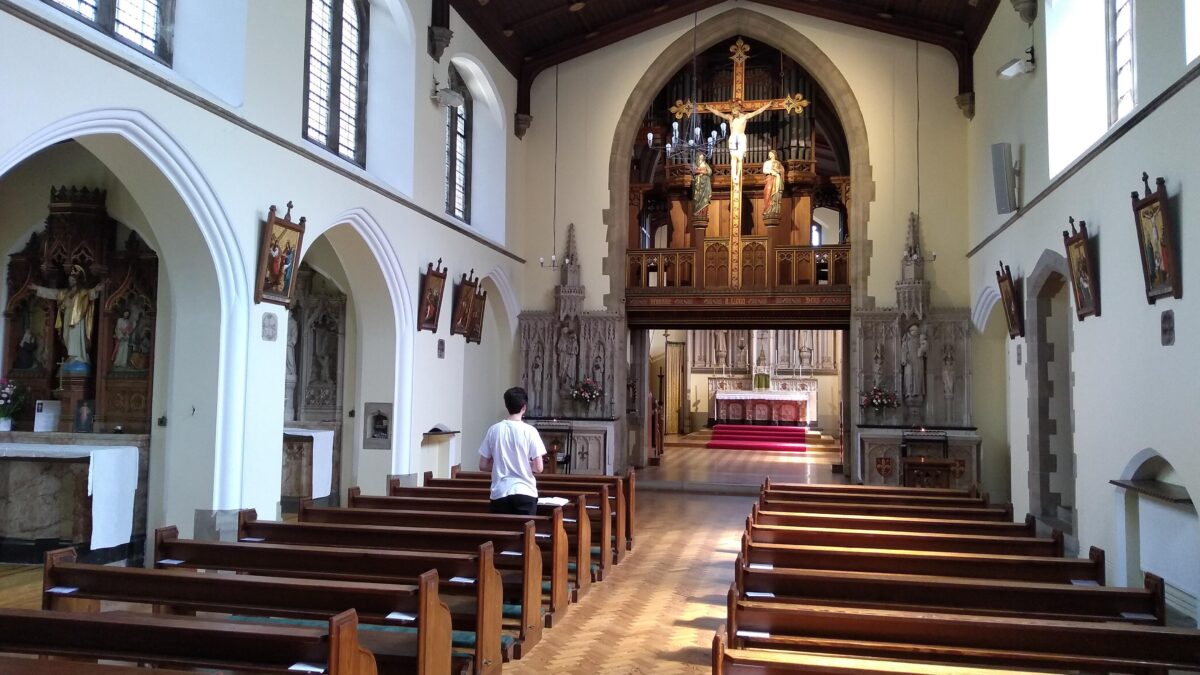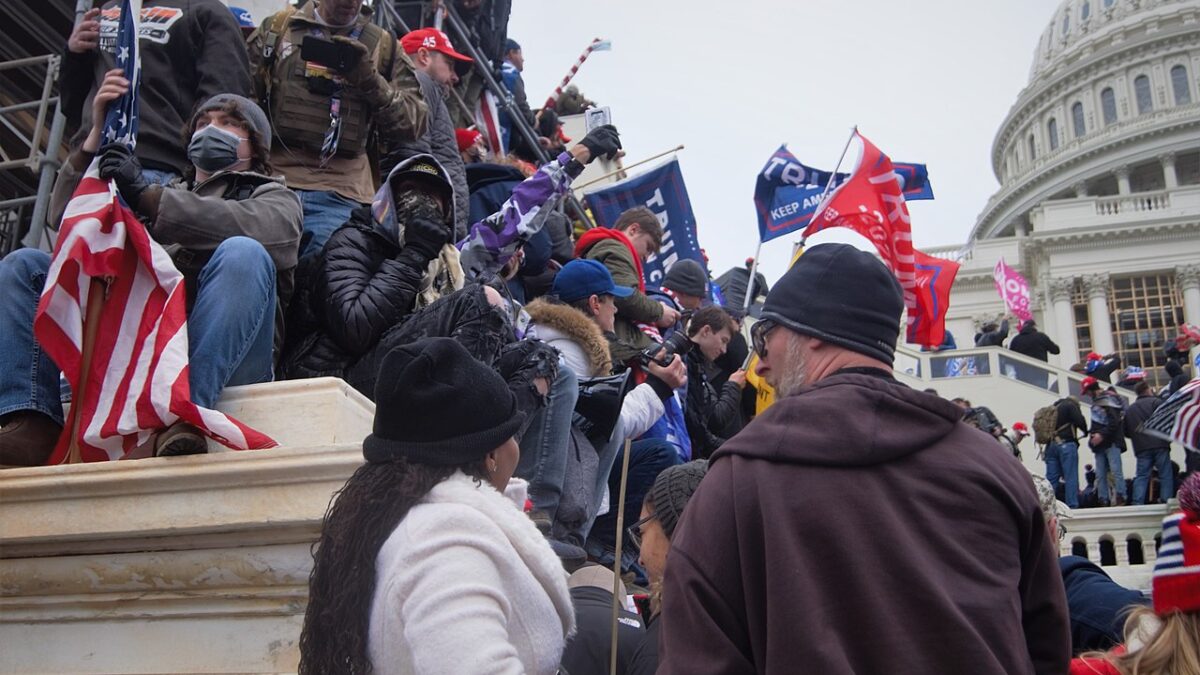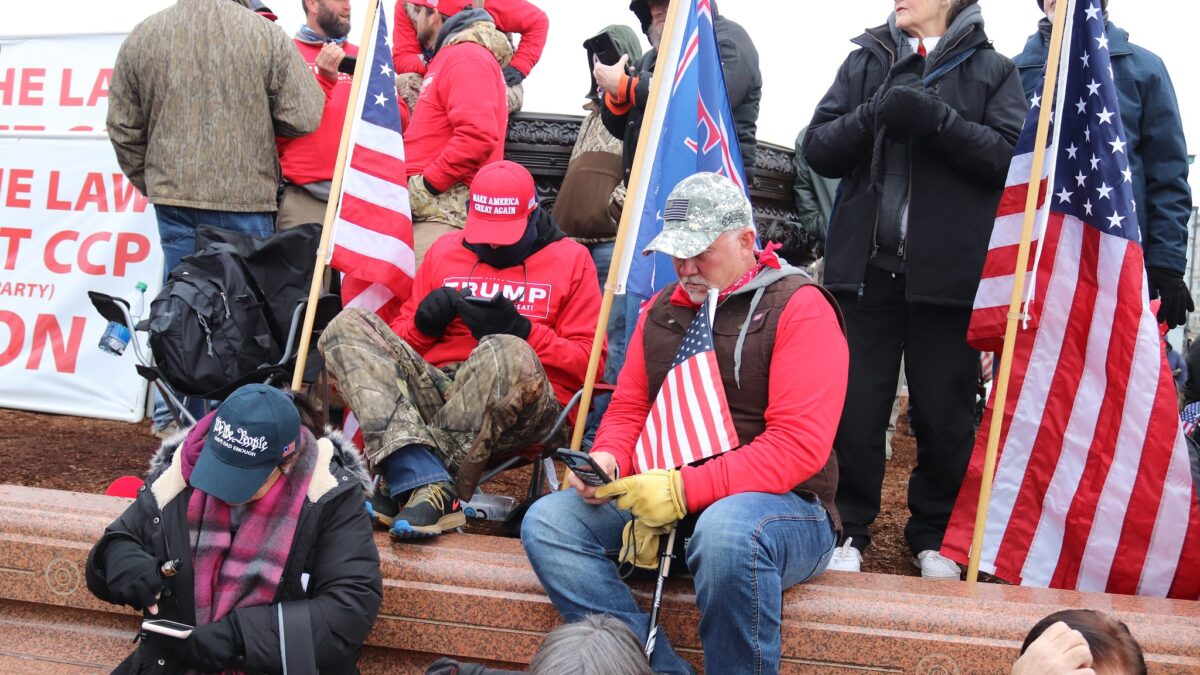The Supreme Court’s latest momentous term delivered major victories for religious freedom.
The ability to freely exercise one’s religious beliefs is one of the most essential rights enshrined in the U.S. Constitution by our Founding Fathers. It distinguishes America as a free nation. Yet many governmental institutions — from schools to cities and states — have curtailed this constitutionally-protected right by misrepresenting the First Amendment.
The rulings in three cases this term, Carson v. Makin, Kennedy v. Bremerton School District, and Shurtleff v. Boston, corrected decades of misinterpretation and applied the First Amendment as originally intended. Predictably, some progressive legal scholars referred to the rulings as “hypocrisy” and “regressive decision-making” spurred by the “religious right.” But such hyperbolic characterizations minimize the problems that pervaded religious liberty jurisprudence. The decisions in these cases are indeed consequential, but only as a remedy proportionate to the issues they resolved.
The First Amendment states, “Congress shall make no law respecting an establishment of religion or prohibiting the free exercise thereof.” Otherwise known as the Free Exercise and Establishment Clauses, these words were meant to protect the expression of faith but have, ironically, been used as a basis for religious discrimination.
This paradox was clearly evident in Carson v. Makin. In this case, the justices evaluated Maine’s Town Tuitioning Program, which provided state aid to students living in towns without public schools. The program supported education at secular schools only; faith-based institutions and their students were prohibited from receiving funding. This unmistakably biased policy adversely affected specific groups of students and needlessly deprived them of a values-aligned education. While the state attempted to distinguish between discrimination based on religious status and identity, both prevent students from freely exercising their faith. Discriminating against schools with religious instruction is simply discrimination against religion.
It was not surprising that the justices agreed with this view since they reached a similar judgment in analogous cases. Referring back to Trinity Lutheran Church v. Comer and Espinoza v. Montana, Chief Justice John Roberts, writing for the majority, plainly indicated that the “Free Exercise Clause forbids discrimination on the basis of religious status.” Roberts concluded that “there is nothing neutral about Maine’s program. The State pays tuition for certain students at private schools — so long as the schools are not religious. That is discrimination against religion.”
But this wasn’t the only triumph for religious liberty this term. In Shurtleff v. Boston, the justices unanimously decided that the City of Boston’s refusal to fly Camp Constitution’s “Christian flag” was a violation of the First Amendment. Boston denied the request because it believed flying a religious flag at City Hall could violate the Establishment Clause, a claim that the justices rejected. In his concurrence, Justice Neil Gorsuch wrote that although the city got the Establishment Clause “so wrong … some of the blame belongs here and traces back to Lemon v. Kurtzman” since “[it] sought to devise a one-size-fits-all test.” The “Lemon test” was a judge-created standard used to determine if a law or government activity constituted entanglement with religion. This standard persisted for decades, even though it failed to provide a reliable metric by which judges could evaluate Establishment Clause cases.
A month after the ruling in Shurtleff, the court retired the Lemon test in Kennedy v. Bremerton School District. This case was centered around Joseph Kennedy, a football coach who regularly prayed in the middle of the field after games. The district claimed that a “reasonable observer” could misconstrue his actions as the school sponsoring religion and subsequently put him on paid leave and allowed his contract to expire.
Like the other cases, the justices were not persuaded, recognizing that the school’s actions betrayed an erroneous understanding of the First Amendment. Echoing his sentiments in Shurtleff, Gorsuch wrote in the majority opinion that the court “long ago abandoned Lemon” and that, in its place, judges would now interpret the Establishment Clause with “reference to historical practices and understandings.” This means that courts are no longer encumbered by the Lemon test, a significant stumbling block that prevented courts from adjudicating Establishment Clause cases fairly and consistently under the law.
The government ought not to show preference for any faith, but it should also not disadvantage individuals based on religious identity. Unfortunately, this is exactly what happened: The government warped the First Amendment so severely that it turned what was intended to be the protection of a fundamental right into a license to discriminate. To that end, this trio of rulings, far from “regressive decision-making,” promoted equality by liberating the First Amendment’s religious liberty protections. This is good for everyone.









